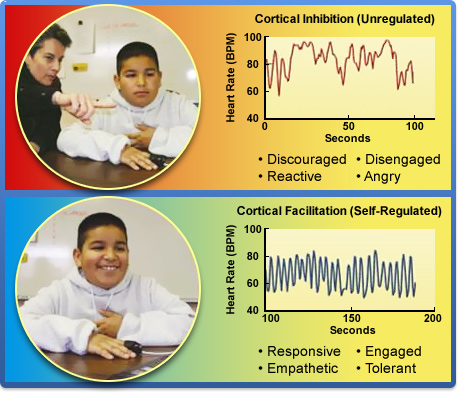Free 1-on-1 Consultation
Contact us to schedule an appointment or inquire about HeartMath training programs and services.
Thank you for your interest in HeartMath training programs and services.
Schedule Online
Call Us
Jeff Goelitz
(831) 338-8713
E-mail Us
Free 1-on-1 Consultation




